Well, that's a wrap on the 2024 waiver wire season. Thank you again for sticking with Kyle and me this season in the article series and the podcast! We took the survey results and other feedback to heart and are already brainstorming new ways to improve both going forward. As we did during the All-Star break, we wanted to take an opportunity to hold ourselves accountable by reviewing our successes and failures from the year. This time, we decided to add a twist: we will evaluate each other’s picks! This means I will evaluate Kyle’s weekend picks rather than my mid-week ones. The methodology will be a little different, too (see below). Finally, one last update on my playoffs: of my six remaining championships, I won two (one points dynasty, the other HTH categories redraft), lost three, and still have one finishing up and a roto league.
Methodology: I reviewed all 120 names that Kyle profiled in his article series this season and considered their change in Fantrax roster percentage (after he started recording that), change in top 500 prospect rankings, change in PLive+ scores, performance, and news. Based on these factors, I tried to determine if a player’s value increased, decreased, or held steady. This is a little different than what I did for my mid-season exercise in that I evaluated how the original recommendation had changed. I did not do that for Kyle’s picks as his original recommendations would have been different than mine in many cases so that it wouldn’t be a clean comparison.
Value Up (aka “The Hits”)
I knew Kyle had been doing well in his recommendations, but after going down the list, I noticed that 64 of his 120 players profiled (53%) have increased in value since his recommendation. For comparison, I only gave myself a 44% value-up rate in my mid-season self-eval. It wasn’t just minor hits, either. There were some of the largest prospect jumps this season. Players like Colby Thomas, Aidan Smith, Zebby Matthews, Alejandro Rosario, Franklin Arias, and Jesus Made went from unranked to top 100ish prospects. That's not even including Spencer Schwellenbach, who Kyle profiled back in May and was unranked then. Many of the biggest risers were identified when they were 5% or less rostered, including Matthews (5%), Rosario (0%), Made (1%), Arias (2%), Yilber Diaz (3%), Tre’ Morgan (4%), Brailer Guerrero (5%), Ty Johnson (3%), and Angel Genao (5%). The biggest PLive+ risers include many of the names above and Kumar Rocker, Jose Gonzalez, Yeremi Cabrera, Blake Mitchell, Jaison Chourio, Brayden Taylor, Elis Cuevas, Owen Caissie, and Chase Davis. Overall, 39 of the 64 risers (61%) were hitters, and 21 of 64 (33%) were recommendations in leagues of 400 prospects or more. Another interesting observation is that this group is evenly distributed throughout the season.




Value Steady (aka the “Status Quo”)
Thirty-four of Kyle’s 120 players profiled (28%) have held their value since he wrote them up. A large portion of this group is players who he’s written about recently and haven’t had enough time to rise or fall in value. Others like Carter Jensen and Ian Mejia have had their ups and downs but have ended up right about where they started. Overall, 15 out of 34 (44%) were hitters, and 14 out of 34 (41%) were recommendations in leagues of 400 prospects or more


Value Fallers (aka the “The Misses”)
22 of 120 players (18%) fell in value since Kyle wrote them up. This aligns with what I found in my mid-season self-eval (19%). Most of these were deeper league prospects (400+) with higher underlying variance. Some, like Landon Maroudis and Owen Murphy, fell due to injury. Others fell due to performance. Chandler Champlain and Cutter Coffey went from ranked to unranked in our top 500, and Emmanuel Bonilla, Walker Martin, Filippo Di Turi, and Gabriel Gonzalez all experienced reductions in rostership due to those struggles. Overall, 12 out of 22 (54%) were hitters, and 11 out of 22 (50%) were recommendations in leagues of 400 prospects or more. Interestingly, most of these fallers happened early in the year, perhaps indicating that prospects take longer to fall in value than rise.


Final Takeaways
Overall, I’m impressed with Kyle’s recommendations. 82% of the time, his picks either increased in value or maintained steady, which was right in line with my mid-season rate of 81%. Kyle also had fewer fallers as the season went on. Unsurprisingly, hitters were more likely to end up as risers than pitchers, while deeper league recommendations were more likely to end up as fallers. Looking at the data, there were some other fun findings on Kyle’s picks. The most recommended teams were the Rays with 12 recommendations, the Braves with 9, and the Blue Jays (shocking!) with 8. Two teams, the Padres and the Pirates, didn’t get any recommendations. It was relatively evenly split between hitters and pitchers, with 55% being hitters. Kyle also had pretty evenly distributed recommendations, with leagues of 200 to 500 prospects getting a relatively even number of recommendations and shallower leagues getting fewer.
Since this is our first season doing these, it will be an exciting benchmark for future seasons. I really hope you all enjoyed the article series. Keep an eye out for plenty of offseason content from Kyle and me. We will be doing a mailbag episode on the Dynasty Baseball Pickups podcast next week, so feel free to drop your question here: https://forms.gle/UKS7HwEWc7GB16oC8. Enjoy the end of the baseball season, and I’ll see you again soon!

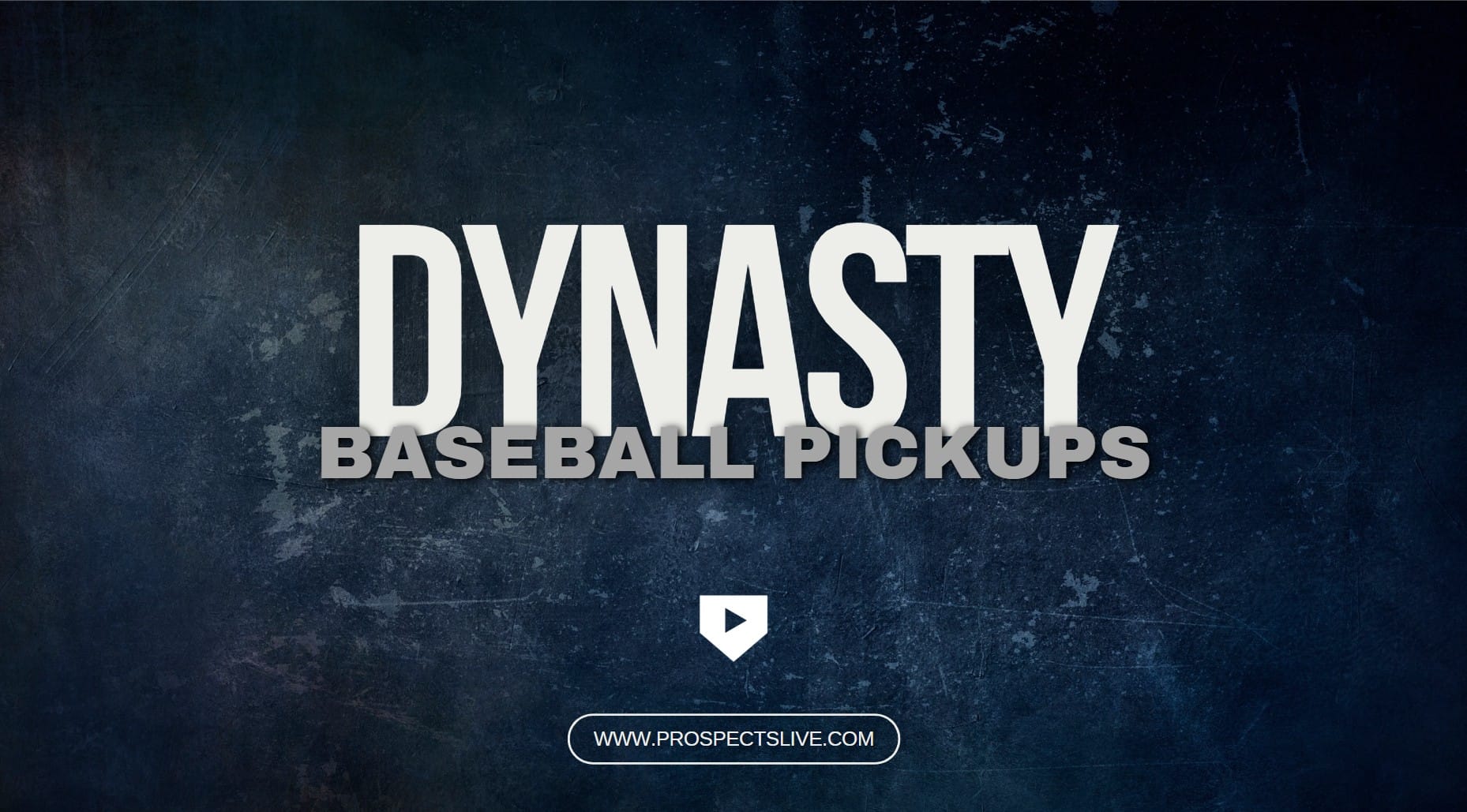




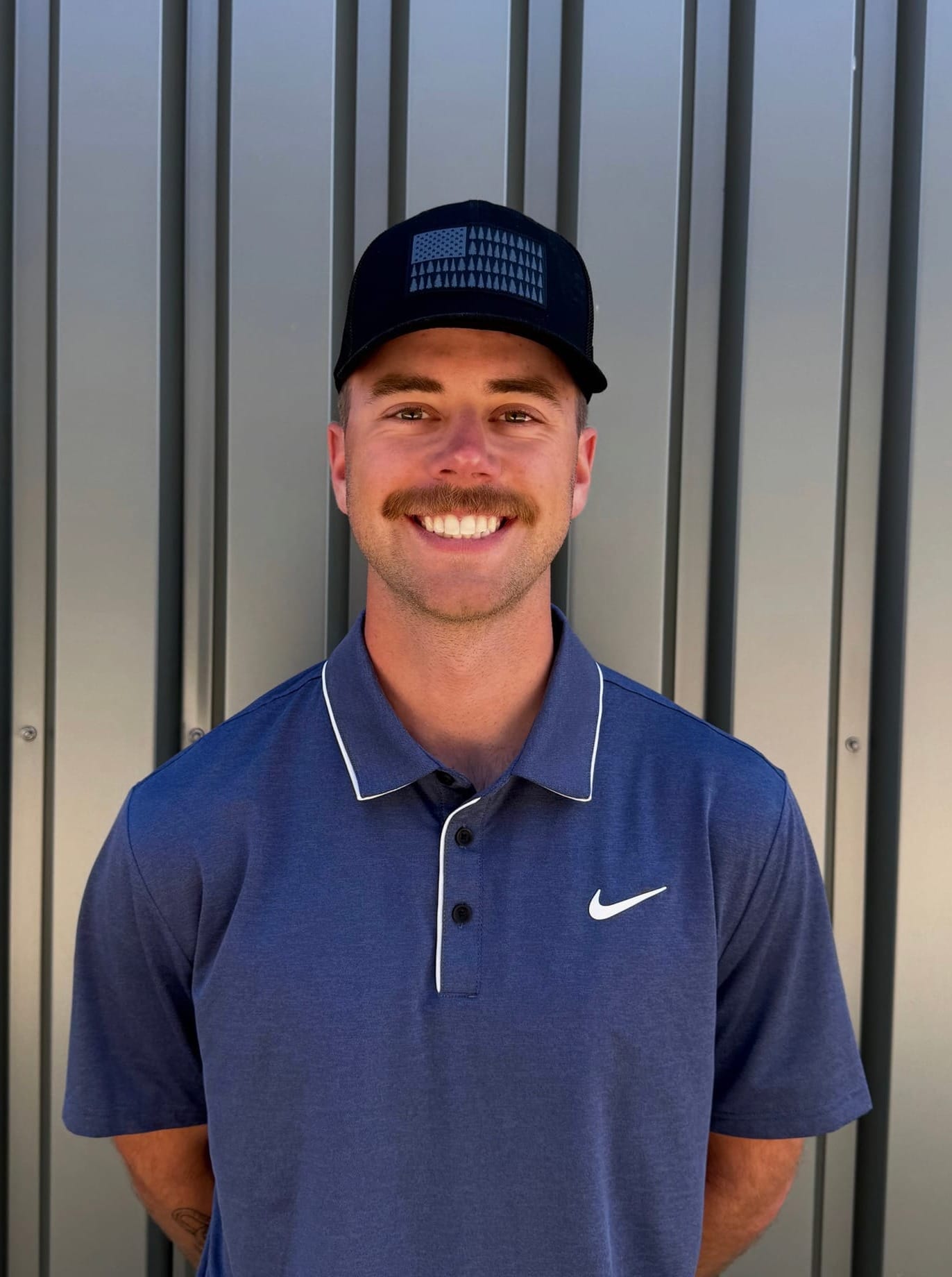


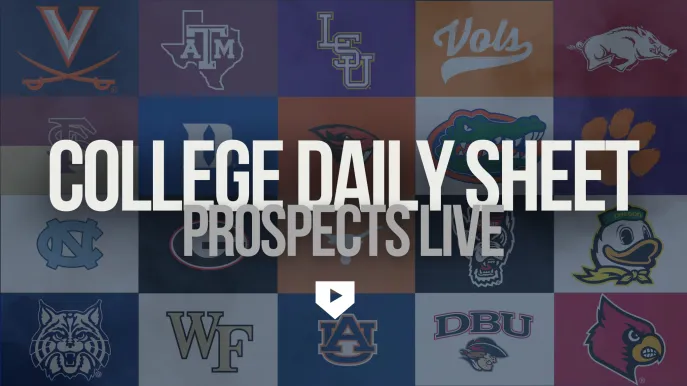
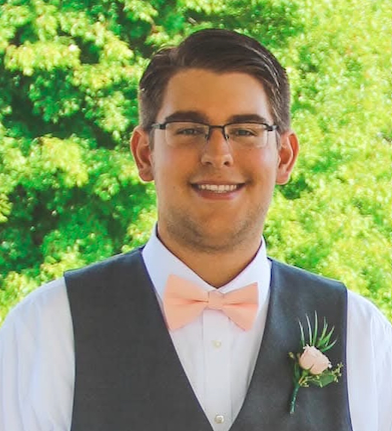

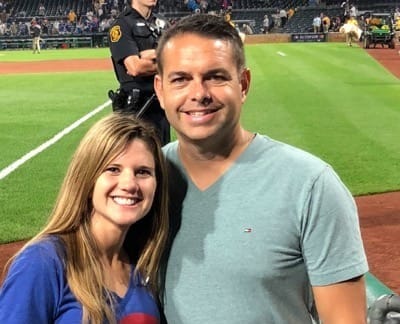








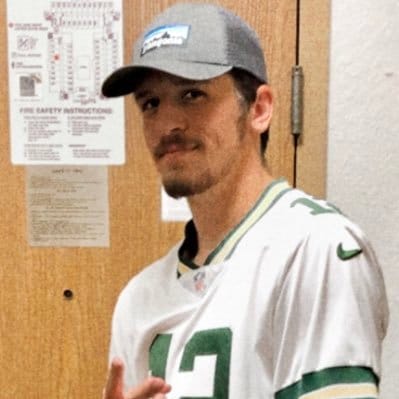




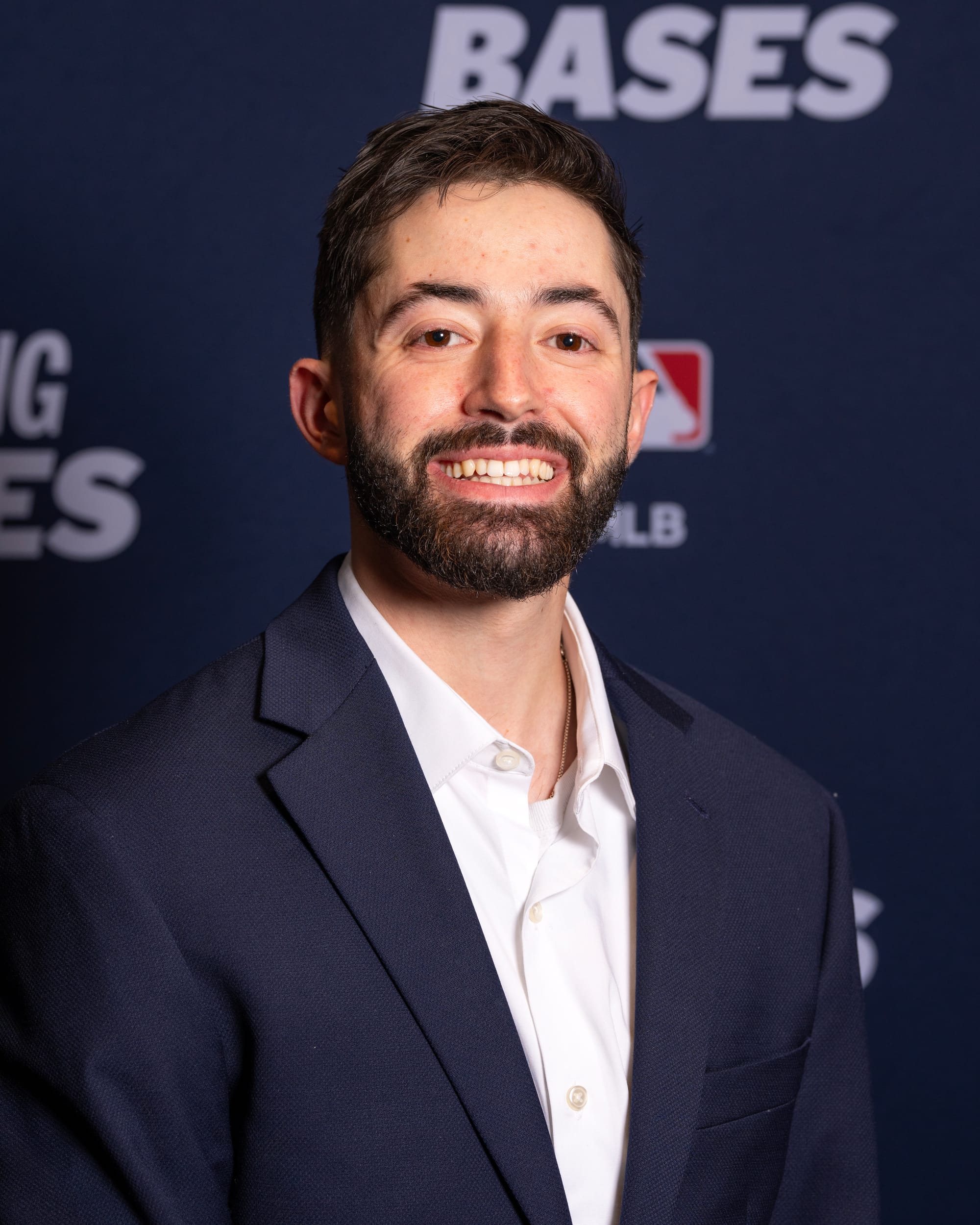
Discussion